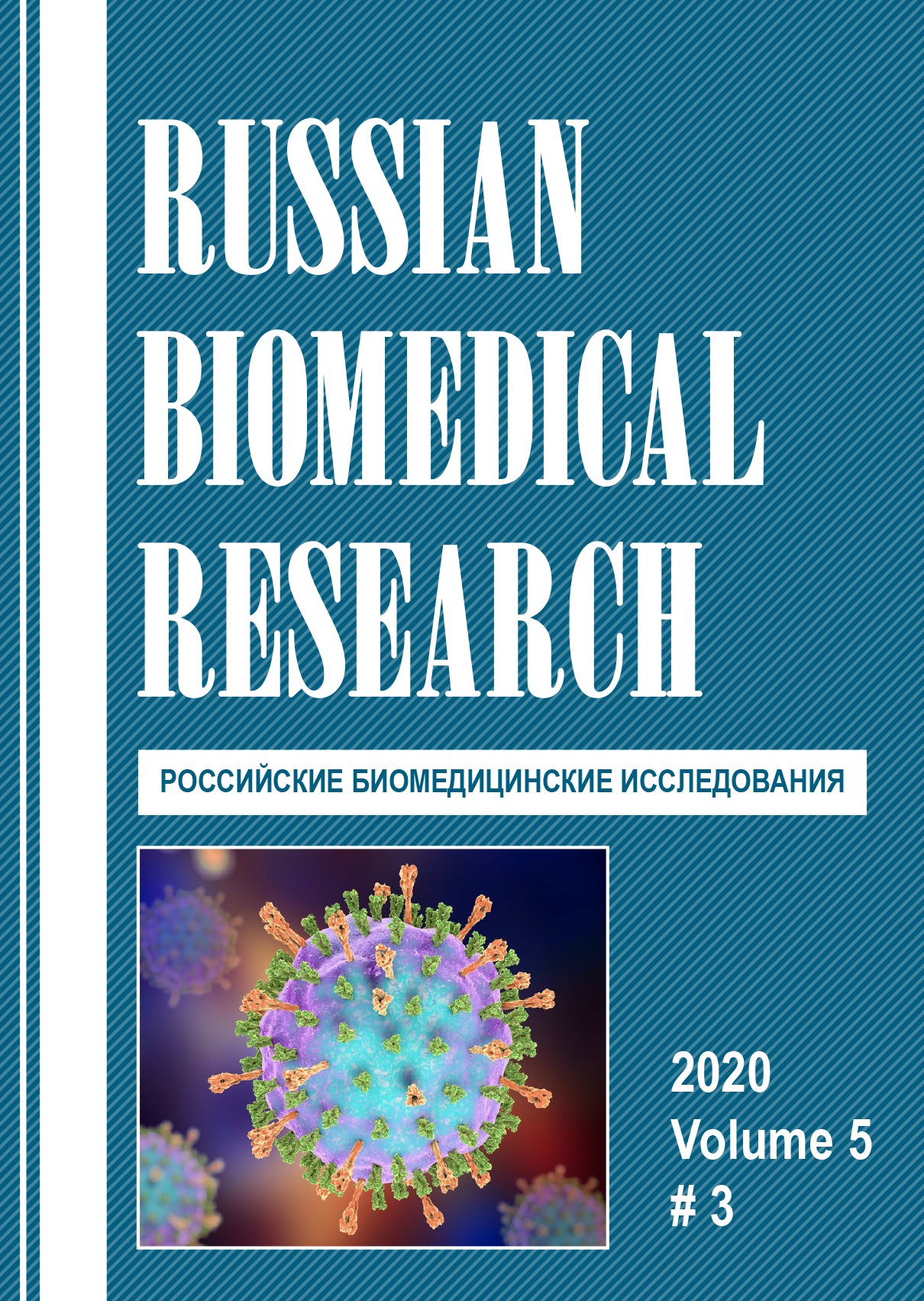Pathogenesis of Arterial Hypertension (Lecture)
Abstract
Maintaining blood pressure at the required level is an adaptive mechanism of the body. Normally it is regulated depending on the condition in which the person is. At the moment of a stressful situation or physical tension, the sympathetic nervous system is activated. Increased blood pressure during sympathetic stimulation - is one of the manifestations of hemodynamic changes aimed at centralizing circulation. In the absence of danger, sympathetic impulses are balanced by the influence of the parasympathetic system and blood pressure is maintained at a normal level. The neurohumoral system exerts its influence on hemodynamics through the regulatory departments of the central nervous system, executive peripheral structures and biologically active substances. Nerve impulse, spreading through sympathetic or parasympathetic fibers, stimulates the release of biologically active substances to activate certain receptors. The effect on the receptor of smooth muscle cells of vessels can be an increase or decrease in the tone of the vessels. The arousal of receptors of the yuxt glomerular apparatus of the kidney leads to the enzymatic activation of angiotensin II and direct (vasoconstriction, amplification of myocardial contractions, increased reabsorption of sodium and water in the kidneys) or mediated (synthesis aldosterone and catecholamines) increase ad. The activation of kinin receptors has a hypotensive effect through the synthesis of kinins and the release of endothelium vessels vasodilating factors. Violation of any link in the regulation of blood pressure leads to the development of hypertension. Prolonged arterial hypertension contributes to the remodeling of the cardiovascular system with the formation of persistent pathology.



